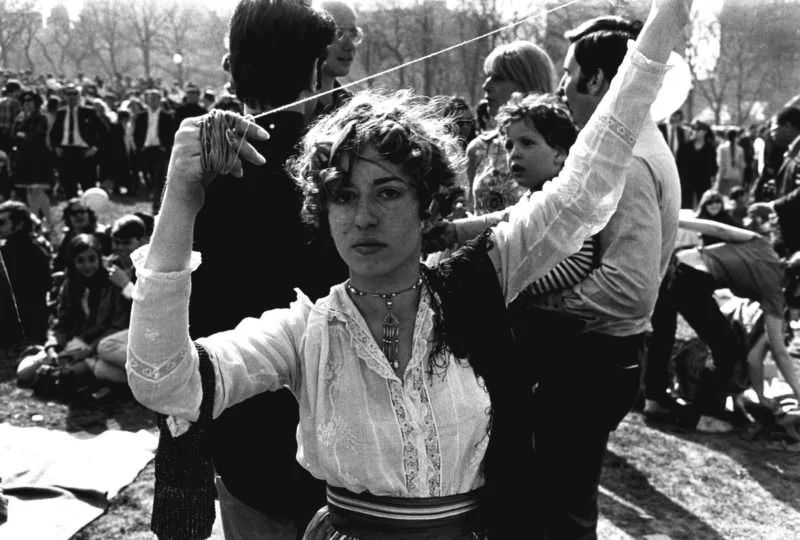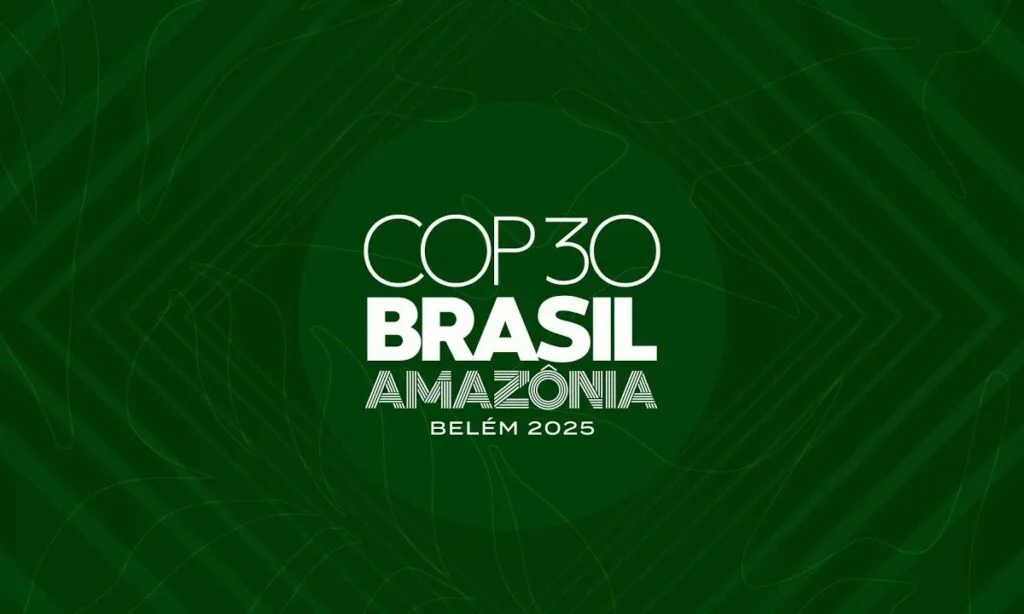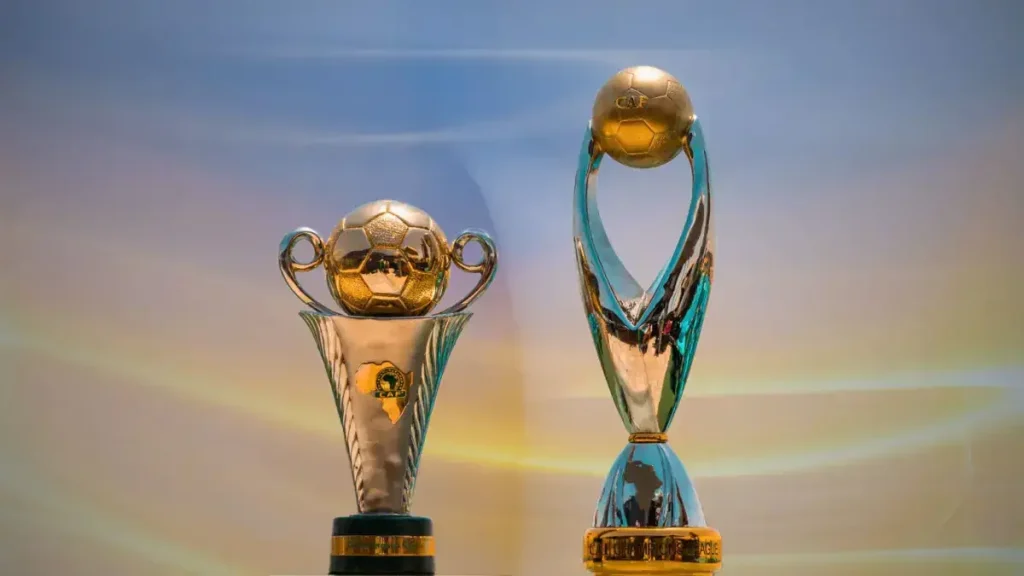“We wanted to make visible those who have long remained invisible,” said festival director Christoph Wiesner at the launch of the 2022 edition of Rencontres d’Arles.
Quoting American art historian Lucy Lippard, Wiesner noted that photography was a tool of emancipation for women artists, a medium to “rebel against the cult of male genius.”
The flagship exhibition, “A Feminist Avant-Garde of the 1970s,” is on display from 4 July to 25 September at the Atelier de la Mécanique, a cultural centre built on former railway workshops.
Women’s Perspectives Through Photography
The exhibition includes striking works such as:
- Babette Mangolte’s photographs of 1970s New York dance, placing the spectator at the heart of the performance.
- Susan Meiselas’s immersive exploration of aging through her “cartography of the body.”
- Léa Habourdin’s forest photography, printed on light-sensitive material that evolves over the course of the festival.
Another highlight is the festival’s effort to “rebuild the character” of Lee Miller, a model often remembered for her ties to Man Ray, but celebrated here as a talented portraitist and war photographer who documented the Liberation of France between 1944 and 1945.
Photography and Humanitarian Memory
War and humanitarianism are also central themes this year. One major exhibition retraces 160 years of humanitarian photography through the archives of the Red Cross, showing the role of images in shaping collective memory.
Tribute to Olivier Etcheverry
This edition of Rencontres d’Arles is dedicated to Olivier Etcheverry, the festival’s scenographer for more than 20 years, who passed away in March.
Festival president Hubert Védrine praised him for having “reinvented the staging of photography in unusual places,” describing him as someone who embodied “the soul and values of the event” with generosity and humility.






